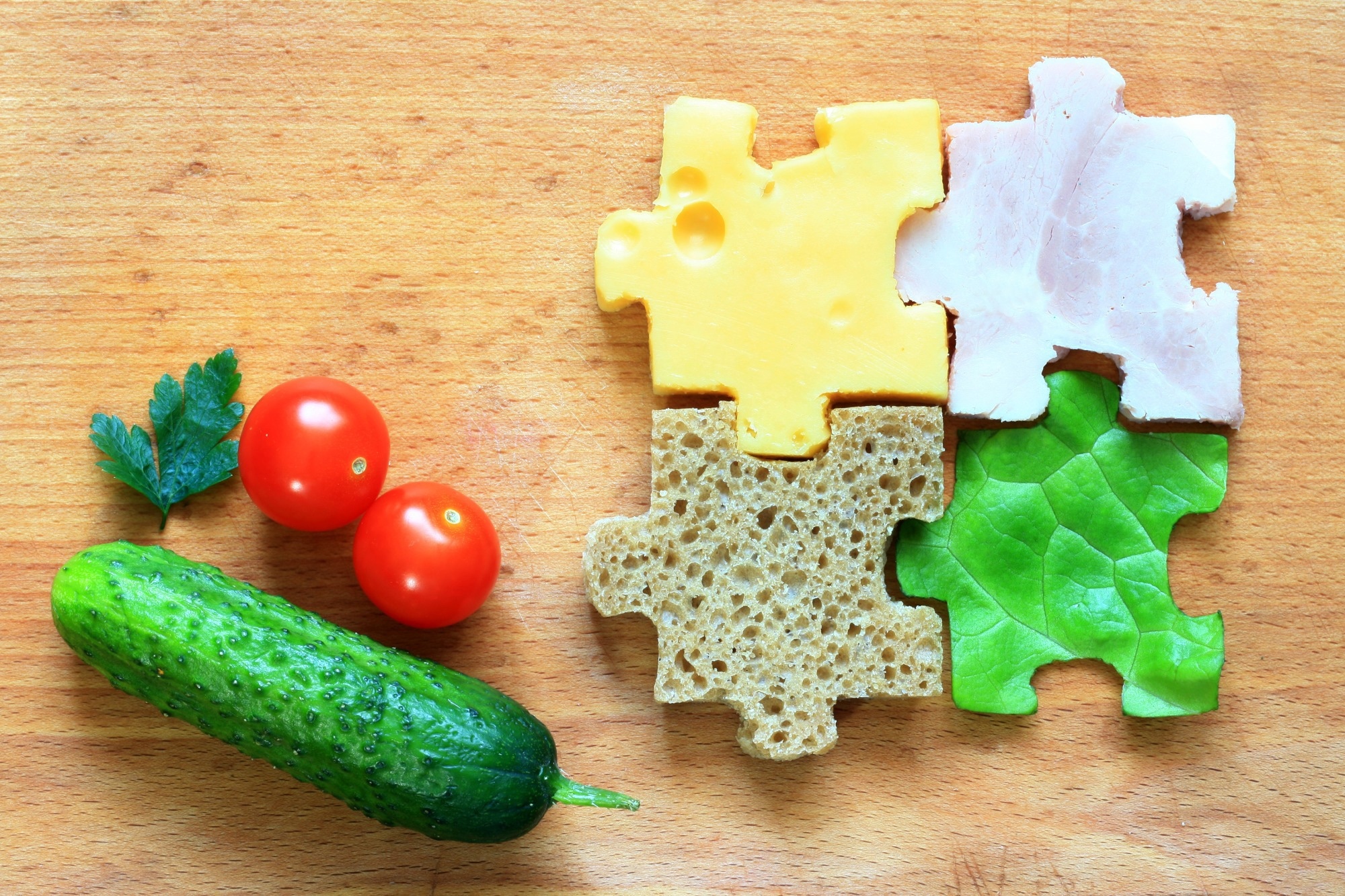This new tool encourages policymakers to address the real-life challenges people face in their daily food practices, from financial insecurity to cultural norms, ensuring more effective diet-related policies and interventions.
 Perspective: The full picture of people’s realities must be considered to deliver better diets for all. Image Credit: udra11 / Shutterstock
Perspective: The full picture of people’s realities must be considered to deliver better diets for all. Image Credit: udra11 / Shutterstock
In a recent perspective published in the journal Nature Foods, experts proposed a tool to holistically integrate psychosocial, economic, and material conditions to guide policymakers and researchers in designing and evaluating diet-related policies and interventions. This tool could help address dietary inequalities within and across households, families, food environments, social interactions, and cultures.
Rethinking Global Nutrition
Despite numerous policies and interventions, most people worldwide do not follow dietary guidelines, and marginalized populations are most affected by nutritional inequalities. Diet quality has shown little to no improvement, contributing to non-communicable diseases, obesity, and undernutrition. Current diets are also not sustainable for the planet.
Existing interventions often have limited, short-lived, modest, or small-scale impacts. Researchers believe that a better understanding of people’s realities, including their everyday material and social experiences, is needed to improve the effectiveness of nutrition programs. These factors influence people’s relationships with food and, therefore, their response to policies.
In this article, public health and nutrition experts proposed a tool to help policymakers and researchers consider real-life factors to guide interventions’ design, implementation, and evaluation. Their application of social practice theory emphasizes how food-related behavior, including shopping, cooking, and eating, is shaped by social systems and daily life.
Understanding Food-Related Challenges
While policies target unhealthy ultra-processed foods, they often do not consider the specific challenges people, primarily women, face as caregivers. Emotional health, time stress, and work pressure can push individuals towards less nutritious foods that are more convenient. Financial insecurity and culturally embedded gender norms influence food choices, highlighting the need for policies to be sensitive to these realities.
School food initiatives offer another example, with researchers calling for children to be involved in designing programs. While school meals address dietary inequalities among children and reduce the burdens of caregivers, they do not always consider children’s social preferences. Children value social interactions during meals and are influenced by autonomy and familiarity with food. They may reject healthier foods if they are uncomfortable in the eating environment.
Similarly, nutrition-sensitive agricultural interventions such as home gardening programs may face challenges in areas where gender norms exclude women from decision-making processes or where financial insecurity leads low-income families to sell the nutritious crops that they produce and buy cheaper staples for their consumption.
In the fourth scenario discussed in the article, researchers analyzed interventions to reduce meat intake. They noted that trials of meat-free days in the Norwegian military faced resistance because meat is linked to masculinity and comfort, pointing to the need to consider cultural contexts and identity.
Looking at the ‘Full Picture’
Policies and interventions fail when they do not consider the complex, interacting realities of the people they seek to influence. Policymakers often focus on specific issues such as poverty or literacy rather than seeing the ‘bigger picture.’ Addressing this gap is crucial to reducing dietary inequalities and improving outcomes for marginalized groups.
The proposed tool presents 12 key realities influencing people’s responses to policies and interventions. These realities cover psychosocial, economic, and material factors across cultures, food environments, and households. These realities include economic and social factors, food systems, media, and infrastructure.
Policymakers can use the tool to tailor policies to the unique realities of different dietary challenges, places, and populations. It encourages them to identify priorities by considering the realities most critical for the effectiveness of their program. The tool does not prioritize any particular factor, emphasizing that they are all critical considerations.
The writers hope the tool will guide policymakers and researchers in identifying relevant realities, understanding how these realities shape impact, and designing interventions that account for overlooked gaps and interactions between different realities by focusing on leverage points that can drive change. They emphasize that applying the tool should be seen as an iterative process, with policies adapted over time based on continuous feedback mechanisms to become more effective.
Conclusions
Lived-experience research focuses on how people experience policies in their daily lives, offering insights into personal and unexpected ways food and policy are understood. This approach ensures the prioritization of issues that are important to people, supporting concepts such as food justice and the right to food.
Policy effectiveness can be improved by involving the people affected by them through strategies of co-design and co-creation. Co-design involves working with people to solve specific problems, while co-creation involves including them in the identification of challenges, policy design, and implementation.
Understanding the multifaceted realities that different people inhabit is crucial to creating effective policies and interventions. This requires a focus on qualitative methods that explore their subjective and lived experiences and give them greater ownership in programs that target them.
- The full picture of people’s realities must be considered to deliver better diets for all. Hawkes, C., Gallagher-Squires, C., Spires, M., Hawkins, N., Neve, K., Brock, J., Isaacs, A., Parrish, S., Coleman, P. Nature Food (2024). DOI: 10.1038/s43016-024-01064-0, https://www.nature.com/articles/s43016-024-01064-0
